Table of contents
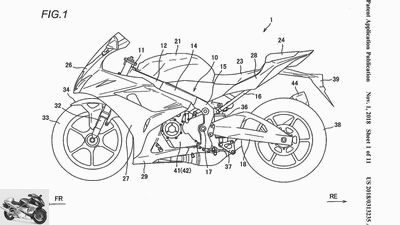
Suzuki
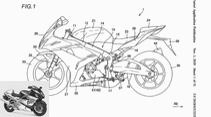
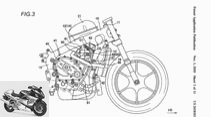
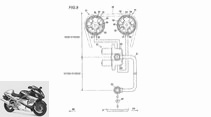
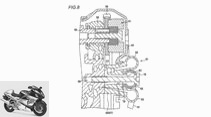
8th pictures
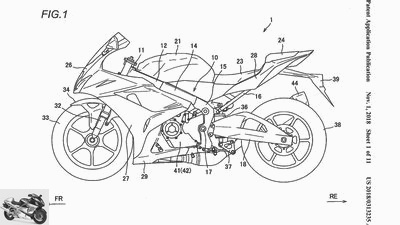
Suzuki
1/8
Suzuki is working on a new variable valve control.
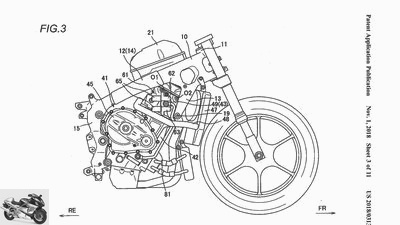
Suzuki
2/8
It should serve the inlet and outlet and be hydraulically controlled, as a corresponding patent application shows.
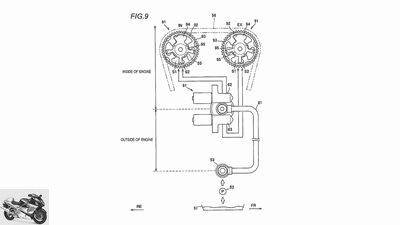
Suzuki
3/8
A corresponding patent application shows a modern system that relies on variable timing on the inlet and outlet side as well as hydraulic control.
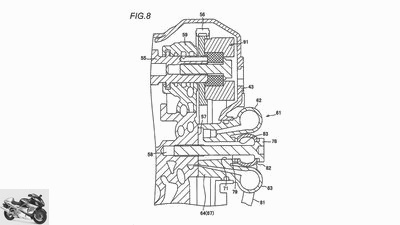
Suzuki
4/8
The hydraulic control receives its information from the CDI.
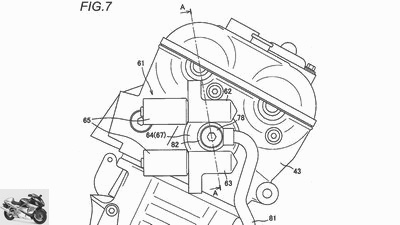
Suzuki
5/8
The control module is located on the right of the cylinder head.
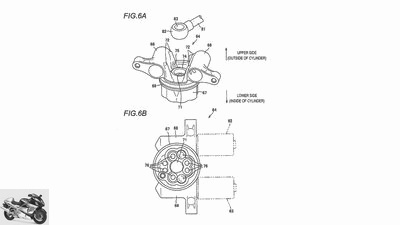
Suzuki
6/8
The camshaft adjusters are controlled from here.
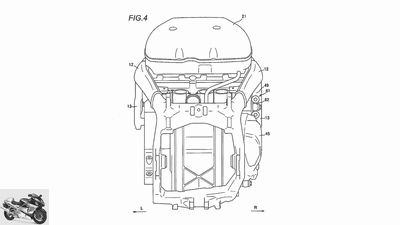
Suzuki
7/8
The system is slim.
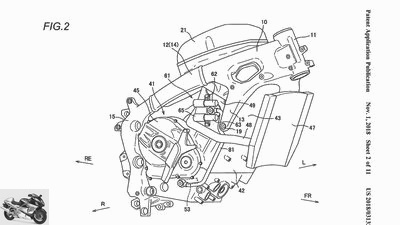
Suzuki
8/8
It could celebrate its premiere on the next Suzuki GSX-R 1,000.
counselor
technology & future
Suzuki patent: Variable valve control 2.0
Suzuki patent
Variable valve control 2.0
Suzuki is working on a new variable valve control. It should serve the inlet and outlet and be hydraulically controlled, as a corresponding patent application shows.
Uli Baumann,
Uli Baumann
January 16, 2019
Variable valve controls are nothing new to motorcycle manufacturer Suzuki. The Japanese are currently installing a system in the GSX-R 1000 that uses centrifugal weights on the camshaft drive wheel to adjust the timing when the engine speed increases. However, the system only works on the intake side and also has no influence on the valve lift – it only rotates the cam profile. The purely mechanical system was developed to meet MotoGP regulations. Electronically or hydraulically controlled systems are not permitted here. The Suzuki system works. However, it is far from the possibilities that fully variable systems like ShiftCam from BMW or the new one Honda system, Offer.
Variable inlet and outlet
But the Japanese are already planning the next generation of variable valve timing. A corresponding patent application shows a modern system that relies on variable timing on the inlet and outlet side as well as hydraulic control. The new VVT system should make its debut in the next GSX-R 1000. However, it can also be adapted to other engine concepts.
Unlike the systems from BMW and Honda, Suzuki leaves it to a twisting of the cam profiles to change the valve timing. A variable valve lift is not provided. In order to turn the camshafts, special modules are actuated at their ends by means of oil pressure. Overall, the Suzuki system is reminiscent of the DVT system from Ducati or systems commonly used in automobile engine construction.
The Suzuki VVT system should help to find more power, but still meet the increasingly strict emissions regulations.
Related articles
-
Honda patent new variable valve timing
Honda 12th pictures Honda 1/12 Honda has patented a new variable valve control. Honda 2/12 The new variable valve control in the engine of the upcoming…
-
Ducati 10 pictures Ducati 1/10 …compact, rotatable hydraulic units on each camshaft, variable timing. The pulse generators for the position of the…
-
Suzuki patent Radically changed engine mounting position
Suzuki motorcycles Suzuki patent Radically changed engine mounting position Suzuki patent Radically changed engine mounting position A motorcycle engine…
-
Yamaha counselor technology & future Valve control gas exchange PS technology series part 2 Valve control and gas exchange Content of Almost exactly four…
-
Suzuki patent for 650 cc parallel twin with turbo
Suzuki 19th pictures Suzuki 1/19 This is what the XE7 engine looked like as a 2013 and 2015 design study. The basic architecture of the turbo system has…
-
Patent semi-automatic transmission for Suzuki Hayabusa
Suzuki 6th pictures Suzuki 1/6 Suzuki has patented a semi-automatic transmission. Suzuki 2/6 The patent relies on a conventional transmission with a…
-
Screwdriver tip on the subject of valve control
Ralf Petersen 15th pictures Ralf Petersen 1/15 The valve train controls the gas exchange in a four-stroke engine with the help of the inlet and outlet…
-
BMW Motorrad patent for gesture control
BWM counselor technology & future BMW Motorrad patent for gesture control BMW Motorrad patent for gesture control Guide with your fingers The functions…
-
Suzuki electric scooter patent: electric and air-cooled
Suzuki Motorcycles 4th pictures Suzuki Motorcycles 1/4 This is what the Suzuki electric scooter could look like. Drive probably via chain or belt,…
-
Honda Gold Wing and Africa Twin with radar-based cruise control
Honda 10 pictures Honda 1/10 Honda can imagine many installation locations in the lush disguise of the Goldwing. The positions are clear at the front and…